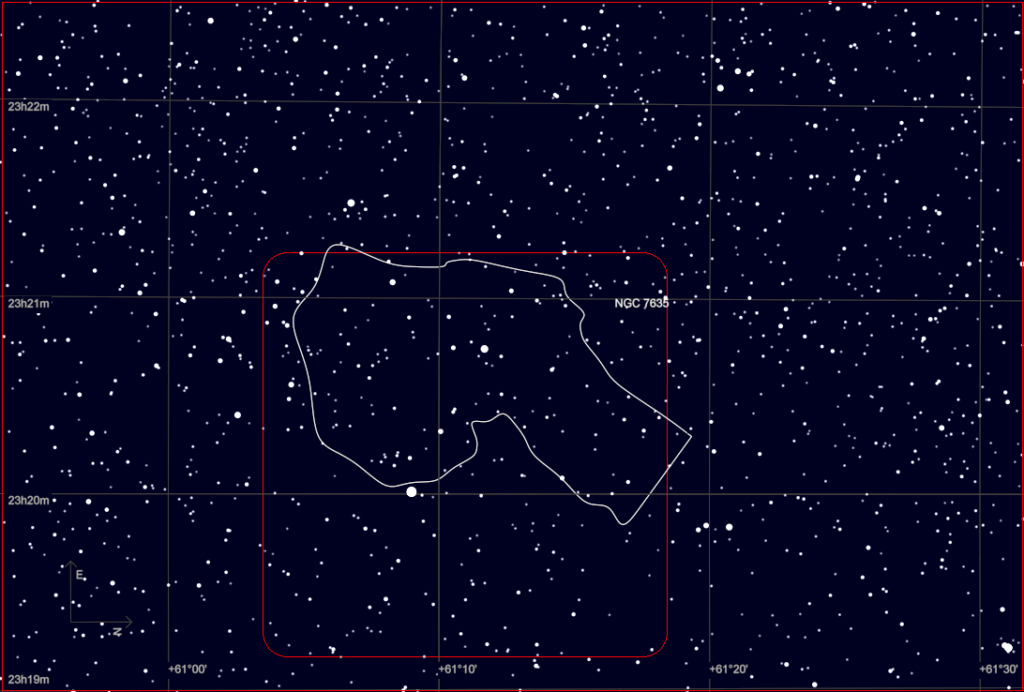This galaxy may or may not be a barred spiral. There is evidence supporting a classical spiral as well as a barred spiral. The galaxy lies about 20 million light years distant in the Lynx constellation. Note the numerous dark dust lanes silhouetted against the combined light of billions of stars. The small spiral galaxy left of the galaxy’s core is PGC 2030408.
This galaxy may or may not be a barred spiral. There is evidence supporting a classical spiral as well as a barred spiral. The galaxy lies about 20 million light years distant in the Lynx constellation. Note the numerous dark dust lanes silhouetted against the combined light of billions of stars. The small spiral galaxy left of the galaxy’s core is PGC 2030408.
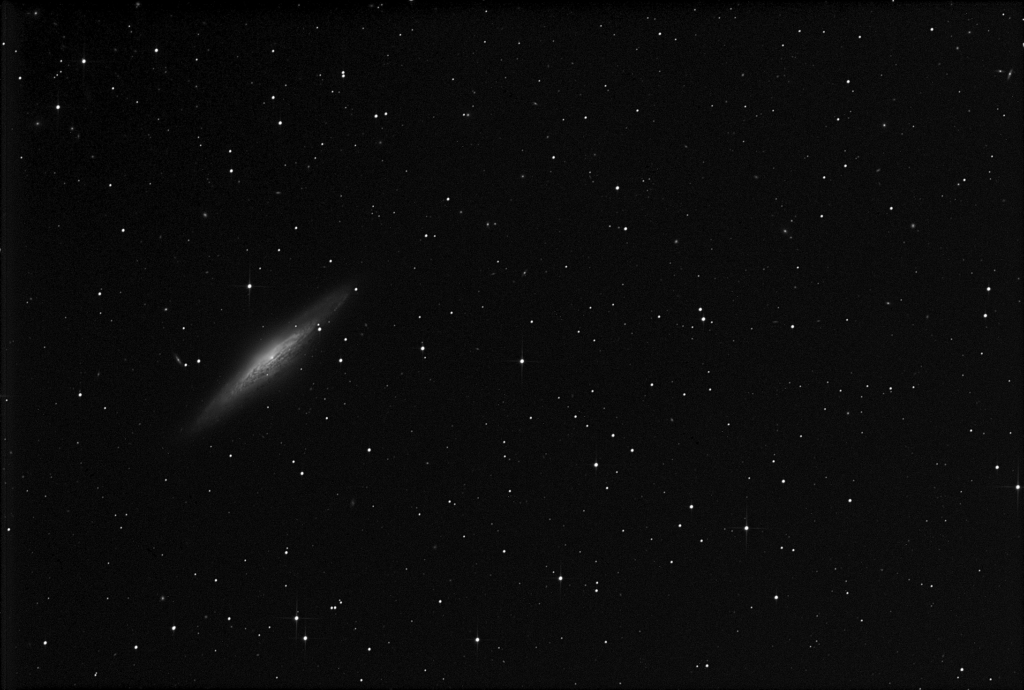
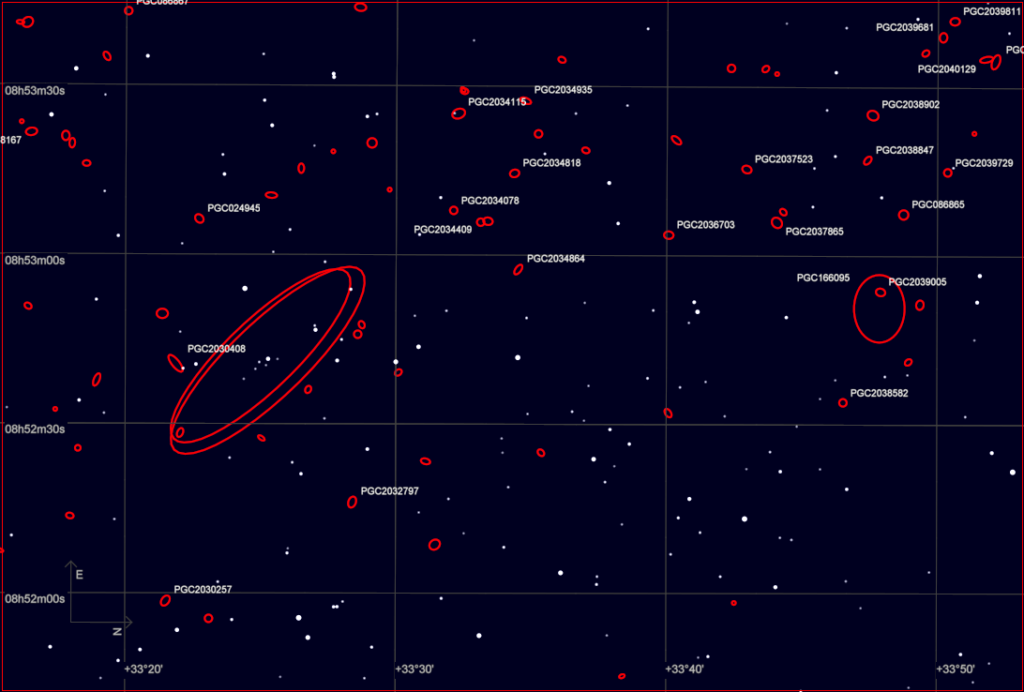
![The Heart Nebula (IC 1805 detail) [Ha:67x120s ]](https://ptobservatory.com/wp-content/uploads/2016/11/str_crv_dcv_ddp_IC-1805-1024x690.jpg)
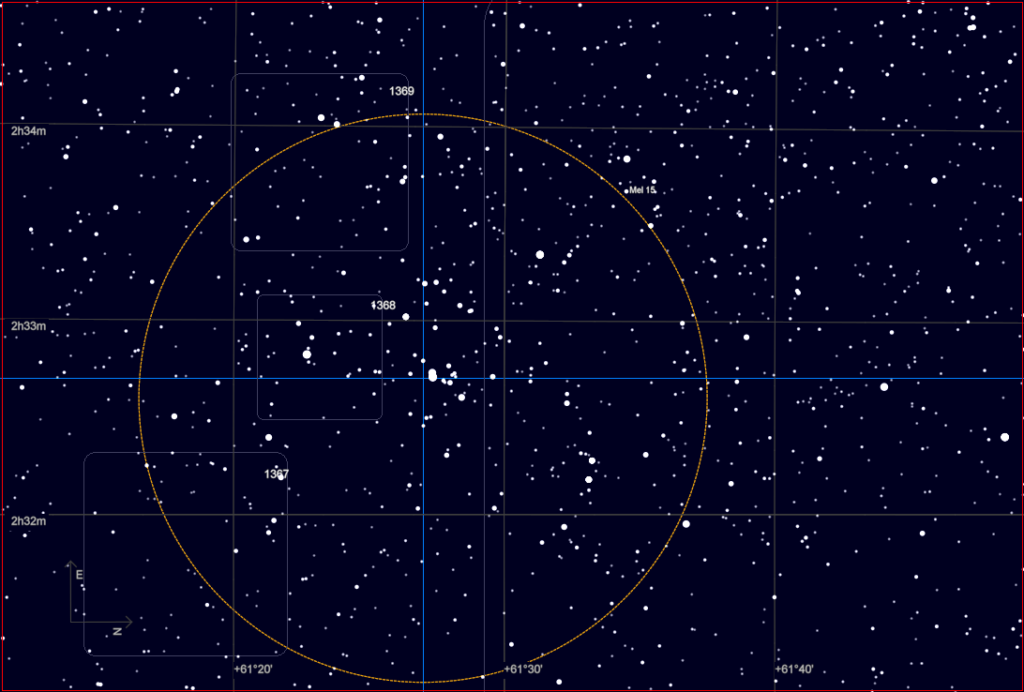
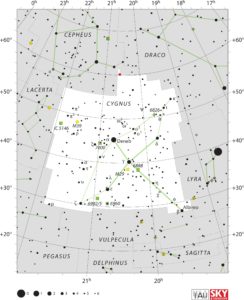
![(IC 1318)[C:60x60s]](https://ptobservatory.com/wp-content/uploads/2016/09/lvl_crv_ddp_IC-1318-1024x690.jpg)
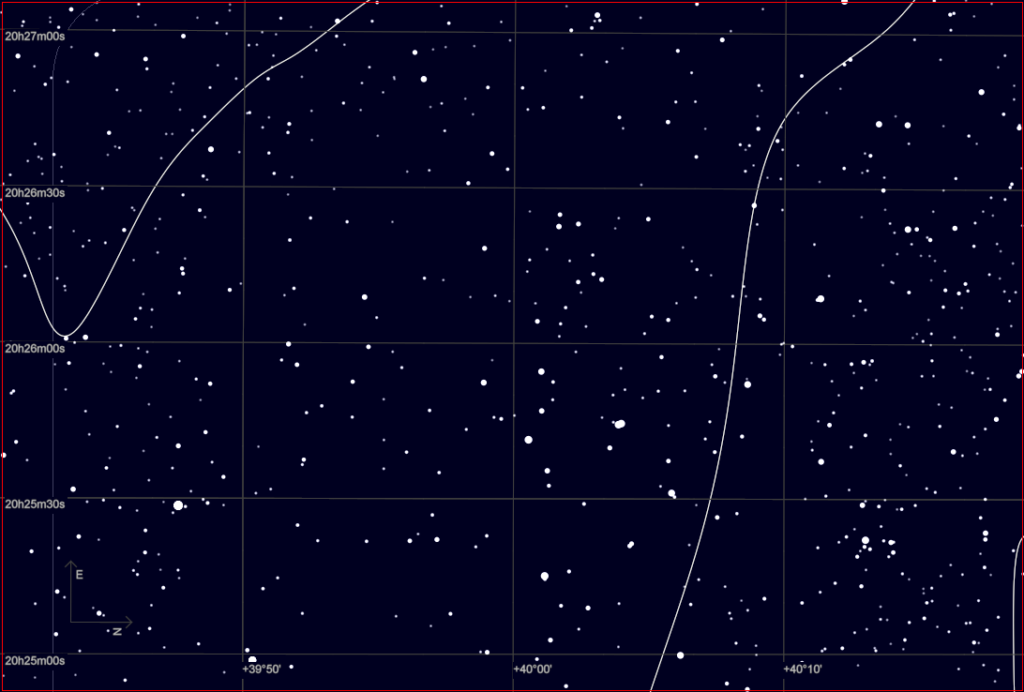
![Pacman Nebula (NGC 281) [Ha:60x120s]](https://ptobservatory.com/wp-content/uploads/2016/09/d_str_NGC-281_3-1024x690.png)
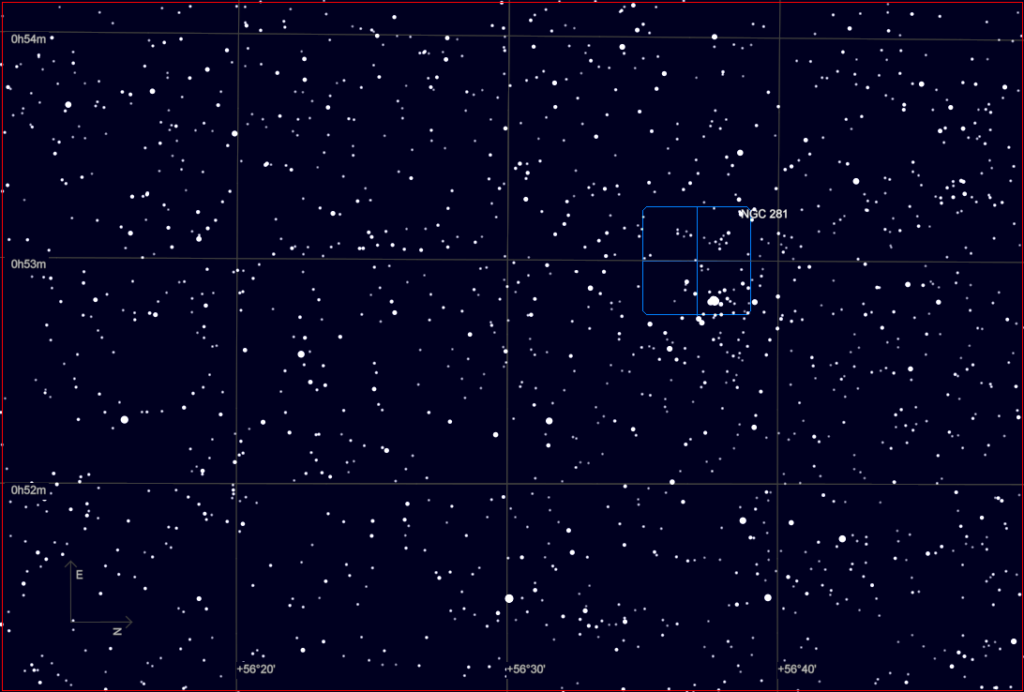
![Bubble Nebula (NGC 7635)[Ha:76x35s]](https://ptobservatory.com/wp-content/uploads/2016/09/g_lvl_crv_dcv_ddp_NGC-7635-1024x690.png)
